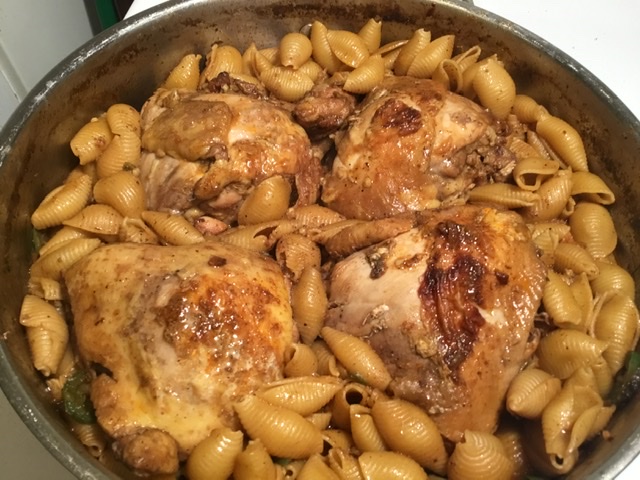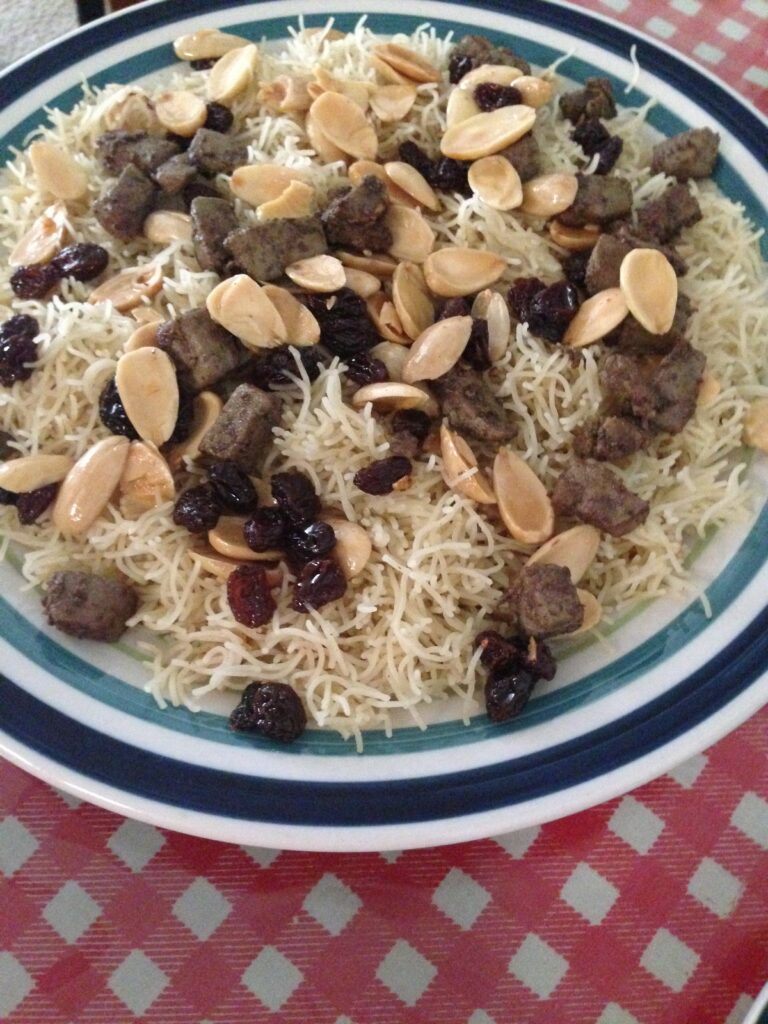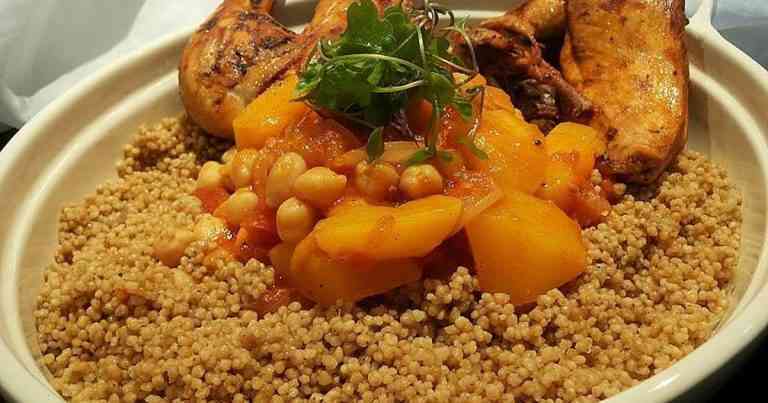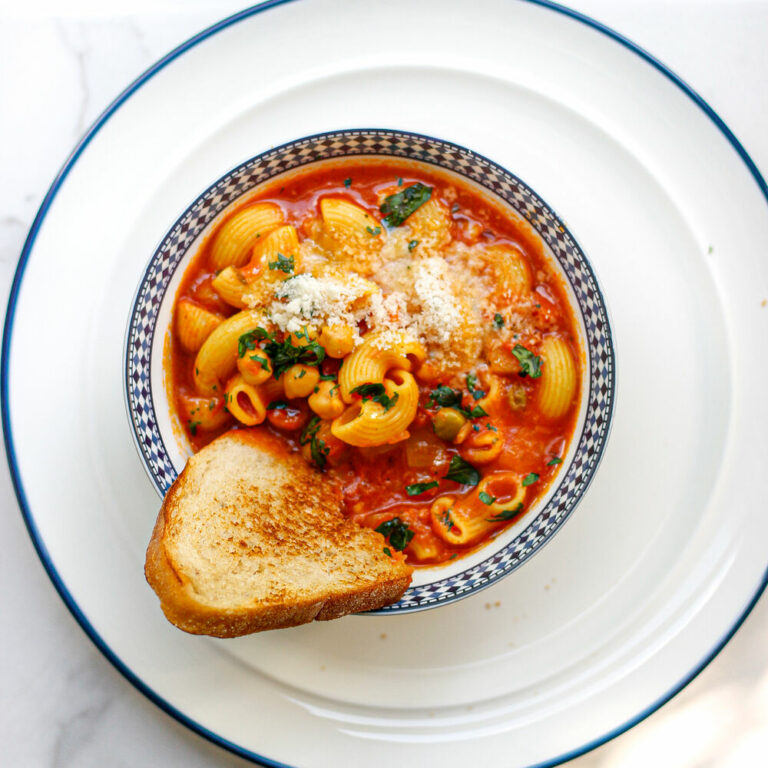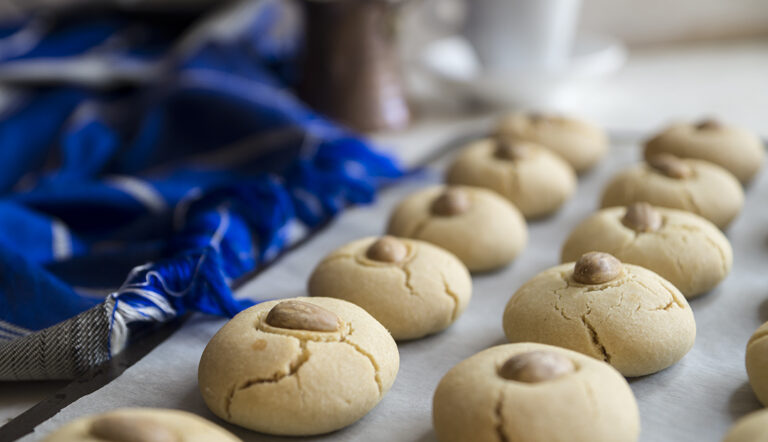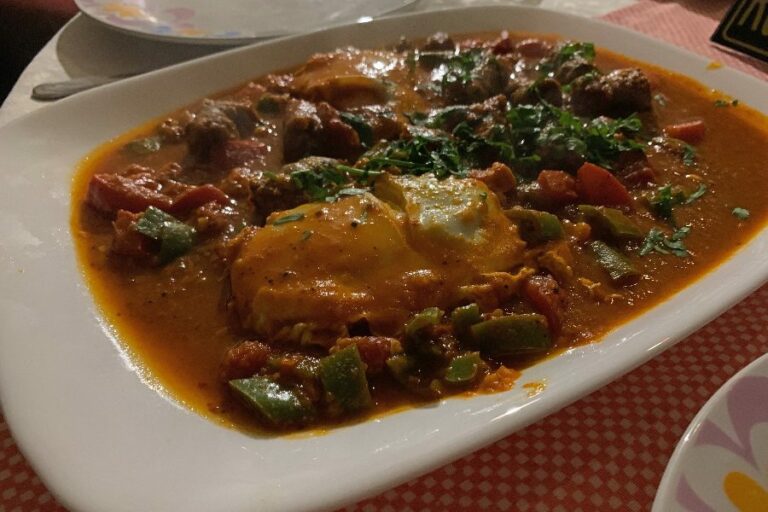Introduction: Libyan Cuisine
Libyan cuisine is a delicious blend of Mediterranean and North African flavors. The cuisine is not as well-known as other regional cuisines, but it has a lot to offer. Libyan food is typically rich in spices and herbs, which add warmth and depth to the dishes. It is also known for its use of fresh ingredients, such as seafood, lamb, and vegetables.
The Role of Condiments and Sauces
Condiments and sauces play an essential role in Libyan cuisine. They are used to add flavor and depth to dishes, and they enhance the overall taste and texture of the food. Libyan cuisine features a wide range of condiments and sauces, each with its unique flavor and use. In this article, we will explore some of the most commonly used condiments and sauces in Libyan cooking.
Harissa: The Spicy Star of Libyan Cuisine
Harissa is a fiery chili paste that is a staple in Libyan cuisine. It is made from hot chili peppers, garlic, cumin, coriander, and olive oil. The paste is used in a variety of dishes, such as stews, soups, and dips. It adds a spicy kick to the food and is perfect for those who love a bit of heat. Harissa is also popular in other North African countries, such as Tunisia and Algeria.
Bzaar: The Traditional Spice Blend of Libya
Bzaar is a traditional spice blend that is used in many Libyan dishes. It is made from a mixture of spices such as cumin, coriander, cinnamon, and turmeric. The blend is typically used to flavor stews and soups, but it can also be used as a rub for meat. Bzaar is a versatile spice blend that adds depth and complexity to dishes.
Tahini: The Versatile Sesame Sauce
Tahini is a paste made from ground sesame seeds. It is a popular condiment in Libyan cuisine and is used in many dishes, such as dips and sauces. Its nutty and rich flavor complements the other spices and flavors in Libyan dishes. Tahini is also a healthy alternative to other condiments, as it is high in protein and healthy fats.
Shakshuka Sauce: A Tangy Tomato Condiment
Shakshuka sauce is a tangy tomato sauce that is used in the popular Libyan dish, Shakshuka. It is made from tomatoes, onions, and spices such as cumin and paprika. The sauce is cooked until it forms a thick consistency and is then poured over eggs that have been poached in the sauce. Shakshuka sauce adds a tangy and savory flavor to the dish and is perfect for breakfast or brunch.
In conclusion, Libyan cuisine is a rich and diverse cuisine that is full of flavor and spice. Condiments and sauces play an essential role in the cuisine, adding depth and complexity to the dishes. From the fiery harissa to the nutty tahini, Libyan condiments and sauces are sure to tantalize your taste buds.




